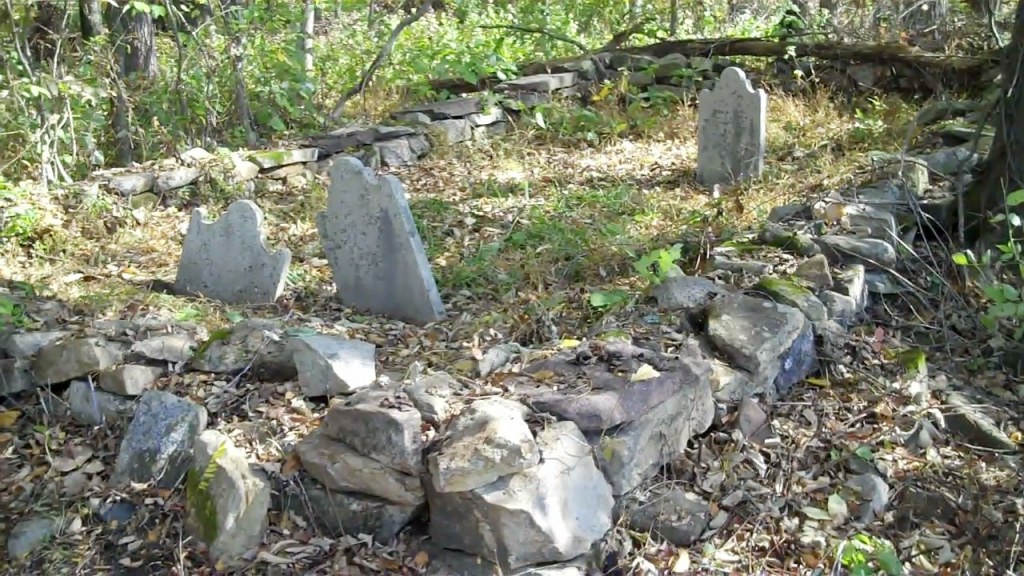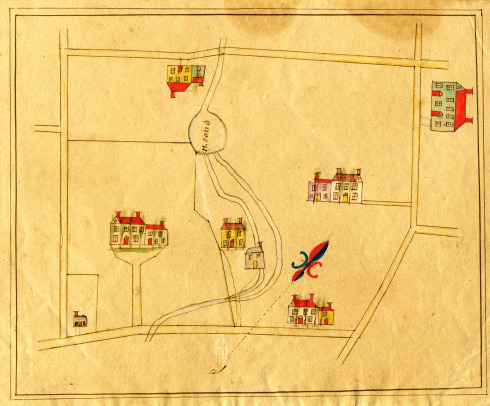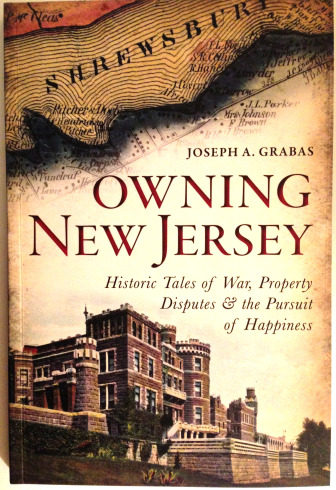On November 16, I gave a speech about John Reading and the Creation of Hunterdon County. There was quite a lot of information in that speech, covering the years 1664 to 1718. In fact, it was probably a bit too much.
For example, the beginning of the speech covered the conquest of New Netherland by the English in 1664, the Third Anglo-Dutch War of 1672-74, the Quintipartite Deed of 1676, and John Reading’s settlement in Gloucester County in 1684; also Edward Byllinge and the early settlement of West New Jersey. Rather than rehash material that I have already written about, you can see a list of pertinent articles at the end of this one. They cover the settlement of West New Jersey, its political history, its infamous governor Daniel Coxe, and the early career of John Reading.
For the history of Hunterdon County, it is best to start with 1694. What follows is the first part of a somewhat amended version of the speech.



